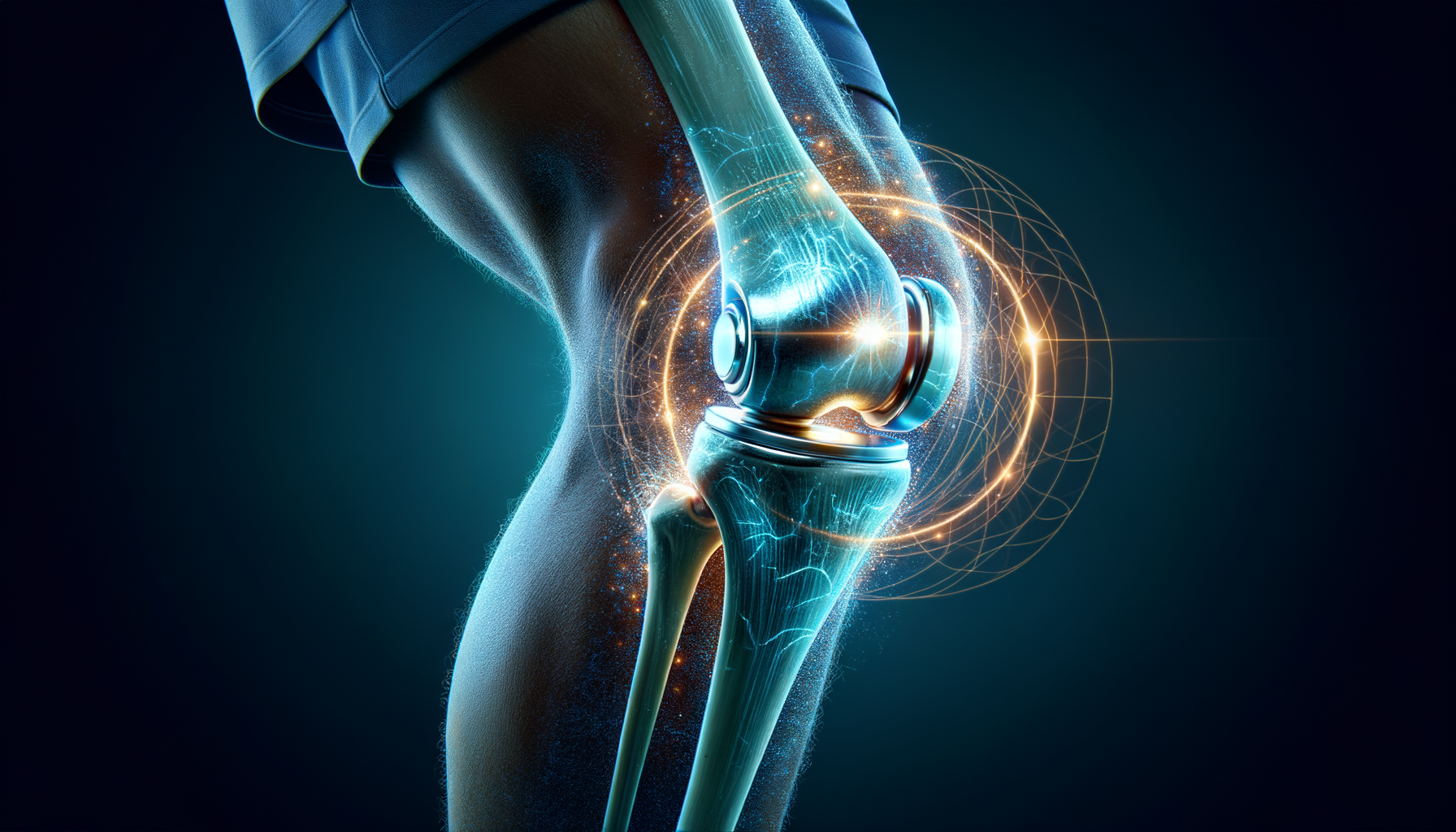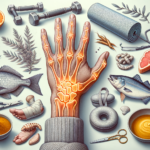Understanding the Causes of Knee Pain
Knee pain is a common ailment that affects people of all ages, stemming from a variety of causes. Understanding these causes is crucial for effective relief and prevention. One primary cause is arthritis, which encompasses conditions like osteoarthritis and rheumatoid arthritis. Osteoarthritis is a degenerative joint disease that occurs due to wear and tear, while rheumatoid arthritis is an autoimmune disorder causing inflammation. Another frequent cause is injury, such as ligament tears or meniscus injuries, often resulting from sports or accidents.
Additionally, overuse and repetitive stress can lead to conditions like tendinitis, where the tendons around the knee become inflamed. Obesity is another significant factor, as excess weight puts additional pressure on the knee joints, exacerbating pain and increasing the risk of injury. Understanding these causes helps in tailoring the right treatment and prevention strategies.
Knowing the root cause of knee pain is the first step toward finding the right relief methods. It allows individuals to choose treatments that address the underlying issues rather than just the symptoms, leading to more effective and lasting results.
Non-Surgical Treatment Options
When it comes to alleviating knee pain, non-surgical treatments are often the first line of defense. These methods are typically less invasive and can be quite effective. Physical therapy is one such option, where targeted exercises help strengthen the muscles around the knee, improving stability and reducing pain. A physical therapist can tailor a program specific to the individual’s needs, ensuring optimal results.
Medication is another common treatment, with options ranging from over-the-counter pain relievers like ibuprofen to prescription medications for more severe pain. Non-steroidal anti-inflammatory drugs (NSAIDs) are often used to reduce inflammation and alleviate pain. For those seeking alternative therapies, acupuncture and massage therapy have shown promise in reducing knee pain for some individuals.
Incorporating lifestyle changes can also significantly impact knee pain management. Maintaining a healthy weight, engaging in low-impact exercises like swimming or cycling, and wearing supportive footwear can all contribute to reducing stress on the knees. These non-surgical options provide a comprehensive approach to managing knee pain, allowing individuals to find relief without the need for invasive procedures.
Surgical Interventions for Knee Pain
For some individuals, non-surgical methods may not provide sufficient relief, making surgical intervention a viable option. Knee arthroscopy is a minimally invasive procedure that allows surgeons to diagnose and treat joint problems. It involves making small incisions and using a camera to guide the repair of damaged tissues, such as torn ligaments or cartilage.
Knee replacement surgery, either partial or total, is another option for those with severe arthritis or significant joint damage. This procedure involves removing damaged joint surfaces and replacing them with artificial components, helping to restore function and reduce pain. Recovery from knee replacement can take several months, but many patients experience significant improvements in mobility and quality of life.
It’s important for individuals considering surgery to discuss the potential risks and benefits with their healthcare provider. While surgical interventions can be highly effective, they also come with risks such as infection, blood clots, and the need for revision surgery in the future. A thorough evaluation and discussion with a medical professional can help determine the most appropriate course of action.
Preventive Measures for Knee Health
Preventing knee pain is often more effective than treating it, and there are several measures individuals can take to maintain knee health. Regular exercise is crucial, as it helps strengthen the muscles around the knee, providing better support and reducing the risk of injury. Focus on low-impact activities such as walking, swimming, or cycling, which are easier on the joints.
Maintaining a healthy weight is another important factor, as excess weight increases the pressure on knee joints, accelerating wear and tear. A balanced diet rich in anti-inflammatory foods, such as fruits, vegetables, and omega-3 fatty acids, can also promote joint health. Staying hydrated and avoiding smoking are additional steps that can support overall joint function.
Proper footwear plays a significant role in knee health. Shoes that provide adequate support and cushioning can help absorb impact and reduce stress on the knees. Additionally, using knee pads or braces during activities that put extra strain on the knees can offer added protection. By incorporating these preventive measures into daily life, individuals can reduce their risk of knee pain and maintain joint health.
Conclusion: Taking Control of Knee Health
In conclusion, knee pain is a multifaceted issue that requires a comprehensive approach for effective relief and prevention. By understanding the causes of knee pain, individuals can tailor their treatment strategies to address the underlying issues. Non-surgical options, including physical therapy and lifestyle changes, offer valuable relief for many people, while surgical interventions provide solutions for more severe cases.
Preventive measures play a crucial role in maintaining knee health and reducing the risk of pain. By incorporating regular exercise, maintaining a healthy weight, and making mindful lifestyle choices, individuals can take control of their knee health and enhance their quality of life. Whether you’re dealing with existing knee pain or looking to prevent future issues, these strategies offer a pathway to stronger, happier knees.








